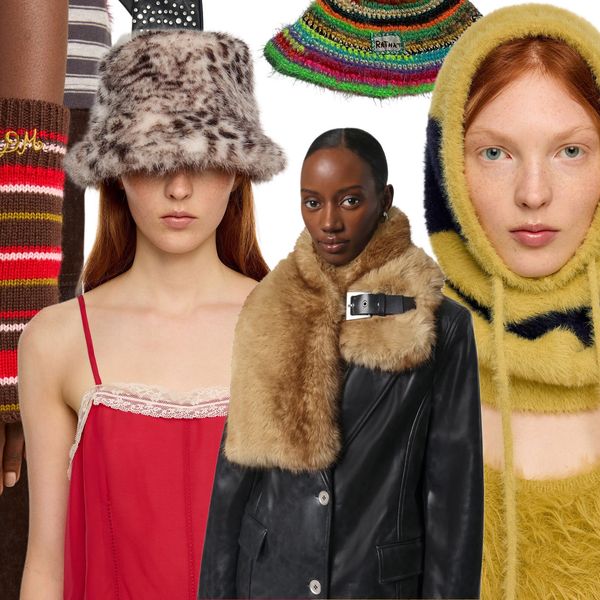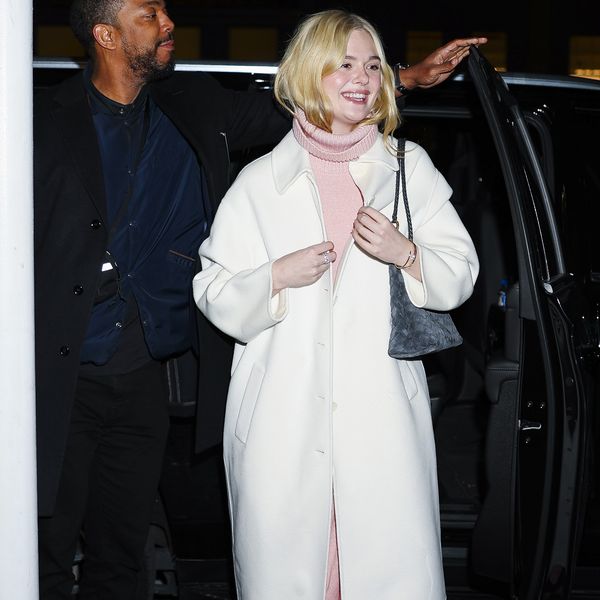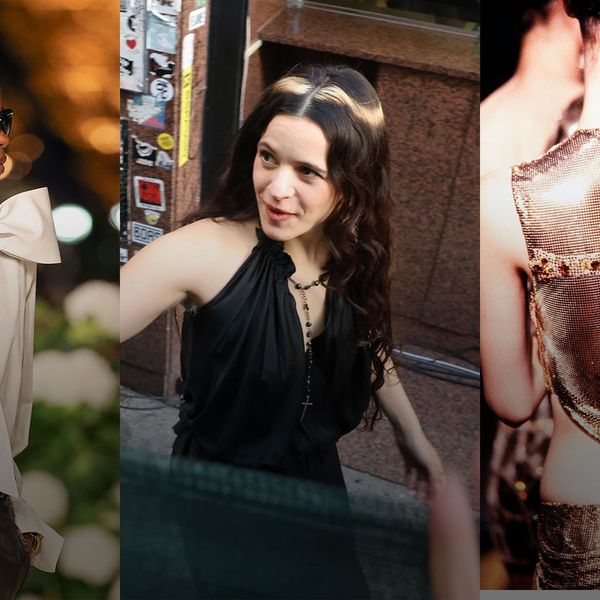Body Horror Fashion: Fortune Favors The Beautifully Disturbing
In a world where mass production has dulled our senses, perhaps we need the shock of the grotesque to reawaken our appreciation for true craftsmanship.
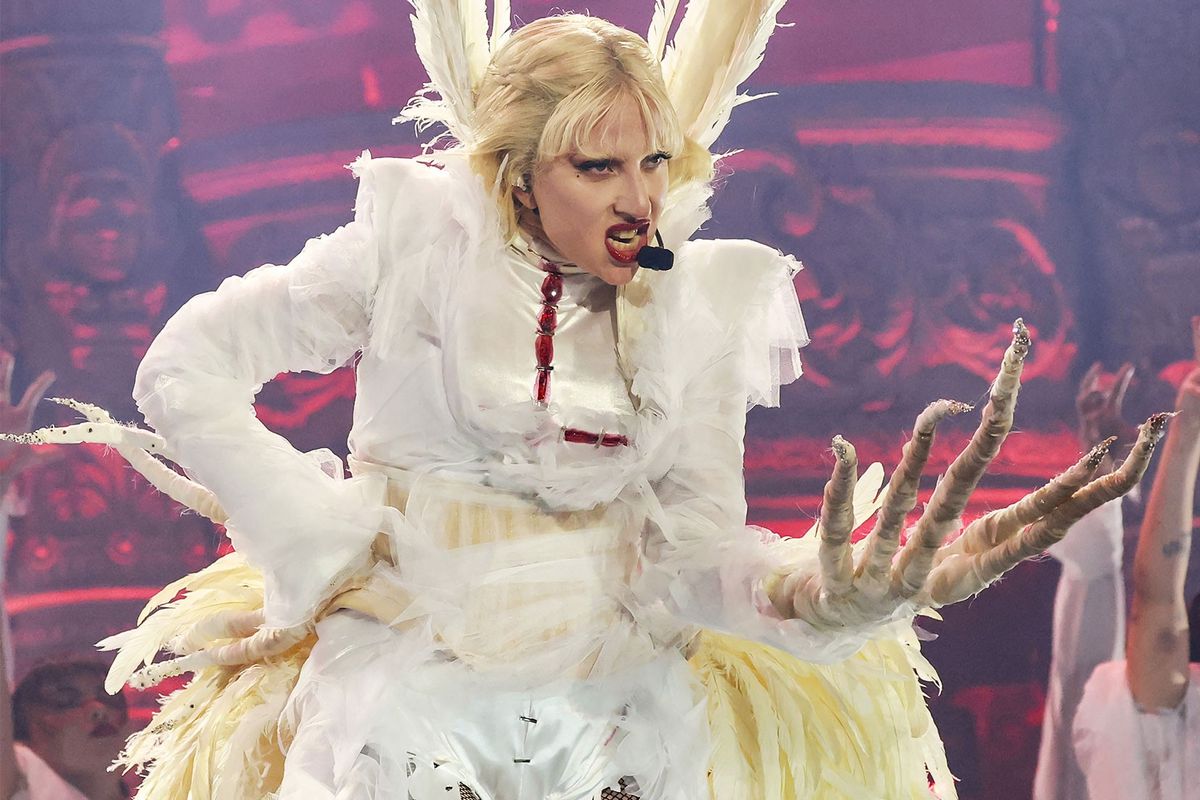
Since the dawn of artmaking, spectators and artists alike have been drawn to the grotesque. Whether that be Francisco Goya’s ‘Saturn Devouring His Son,’ the films of David Cronenberg, or the haunting magical realism of Haruki Murakami, rebelling against the conventions of polite society creates a compelling push-and-pull of shock and fascination.
Fashion has always held a mirror to the art world, and advancements in the realm of beauty have accelerated to meet these boundary-pushing trends. Just as artists like Leonora Carrington and David Lynch challenged norms with their evocative and surrealist imagery, contemporary artists Yaz XL, Dunes, Alyssa Céline Berrez, and Mathilda Mace push boundaries with their hyper-realistic creations. Their experimental approach is not merely about aesthetic shock; it is a form of storytelling that resonates deeply with wearers.
Storytelling is a core principle of fashion, and people who prioritize wearing narrative-rich garments signal a departure from the disconnectedness of fast fashion. When we lean towards a conscious engagement with the profound artistry of clothing, we can detach from the lazy assumption that clothes should just keep us warm and on-trend. Seeing clothes as disposable, dispensable, and dismissable after one to a few wears is a guerrilla mindset that plays heavily into our rapidly evolving trend cycles.
“Fashion, like many other fields, is one of the most powerful tools for communication,” Paris-based Prosthetic FX artist and designer Alyssa Céline Berrez explains. In her work, Berrez uses body horror fashion to challenge traditional perceptions of beauty and identity. Inspired by artists such as Berlinde De Bruyckere, she crafts hyper-realistic pieces that blend organic and synthetic materials, engaging the viewers’ psychological discomfort to create compelling visual narratives.
When it comes to body horror, storytelling and fashion are inextricably linked—each relying on the other to create a sense of world-building. Luar’s Fall/Winter 2025 collection, titled “El Pato”—Spanish for “duck,” a term historically used as a slur against queer people—reclaims the word through powerful visual storytelling. Designer Raul Lopez draws on the metaphor of transformation, referencing the unsettling journey from duckling to swan with dramatic feather embellishments and haunting, avian-inspired eye makeup.
The unsettling elements used in contemporary body horror fashion serve as a bridge between art and wearability, allowing for a more profound expression of individuality. In playing with not only the apparel, but the human form itself, fashion becomes a medium for challenging social expectations and reflecting the complex layers of human experience.
Berrez remarks, “A fashion statement is called a statement for a reason—it conveys a message that can hopefully spark conversation and inspire change.”
Celebrated artists such as FKA Twigs, Björk, and Eartheater (who have worked with Yaz XL, and Mathilda Mace) have incorporated these hyper-realistic one-of-a-kind garments into their fashion lexicons. These wearable artforms not only better articulate an artist’s unique vision, but they deeply align with the environmentally-conscious trend of recycling garments or wearing archival vintage on the red carpet.
During their Paris Fashion Week debut, Matières Fécales (or Fecal Matter)'s FW 2025 collection shocked audiences with their horror infused and tormented garments. Bald models—among them, iconic Lee Alexander McQueen’s muse Debra Shaw—lurked down the runway with a haunting presence, some with their heads painted entirely white and accented by stark black eye makeup slashing across their skulls.
For her spellbinding 2025 Coachella performance, Lady Gaga wore a bespoke outfit created by Matières Fécales. The now iconic look used white feathers sculpted into a dramatic train and wings, a cinched bodice etched with a bloody red cross, and custom elongated gauze monster gloves created by Yaz XL.
London-based Creative Director, fashion designer, stylist, and SFX artist Yaz XL is a pioneer in her craft. She creates garments and hyper-realistic sculptures that are imaginative hybrids of humans and animals, using the term “therianthropic,” to define the latter. Inspired by films like Denis Villeneuve’s "Dune" and Tarsem Singh’s "The Cell," her work embodies a rich, alternate reality through familiar textures and naturalistic skins. She has worked frequently with FKA Twigs, creating unique handmade artworks that reflect the creative motifs shared by the two innovators.
“My favorite person to realize bespoke pieces for is [FKA] Twigs. We share a very mutual taste that is really nourishing,” Yaz XL explains. “The baby Capricorn handbag I made for her feels very symbolic in that it collapses and embodies much of my ideas and their environments.”
Bold, eye-catching, and inventive garments force our media-saturated perceptions to snap into focus. We are not only transported by novelty and storytelling, but a genuine appreciation for the labor involved in the physical manifestation of a detailed and functional piece of art.
Bringing awareness to these pieces inversely parallels the dark reality of fast fashion, which weaponizes the construction of garments by exploiting workers and the environment alike. In a world where mass production has dulled our senses, perhaps we need the shock of the grotesque to reawaken our appreciation for true craftsmanship.
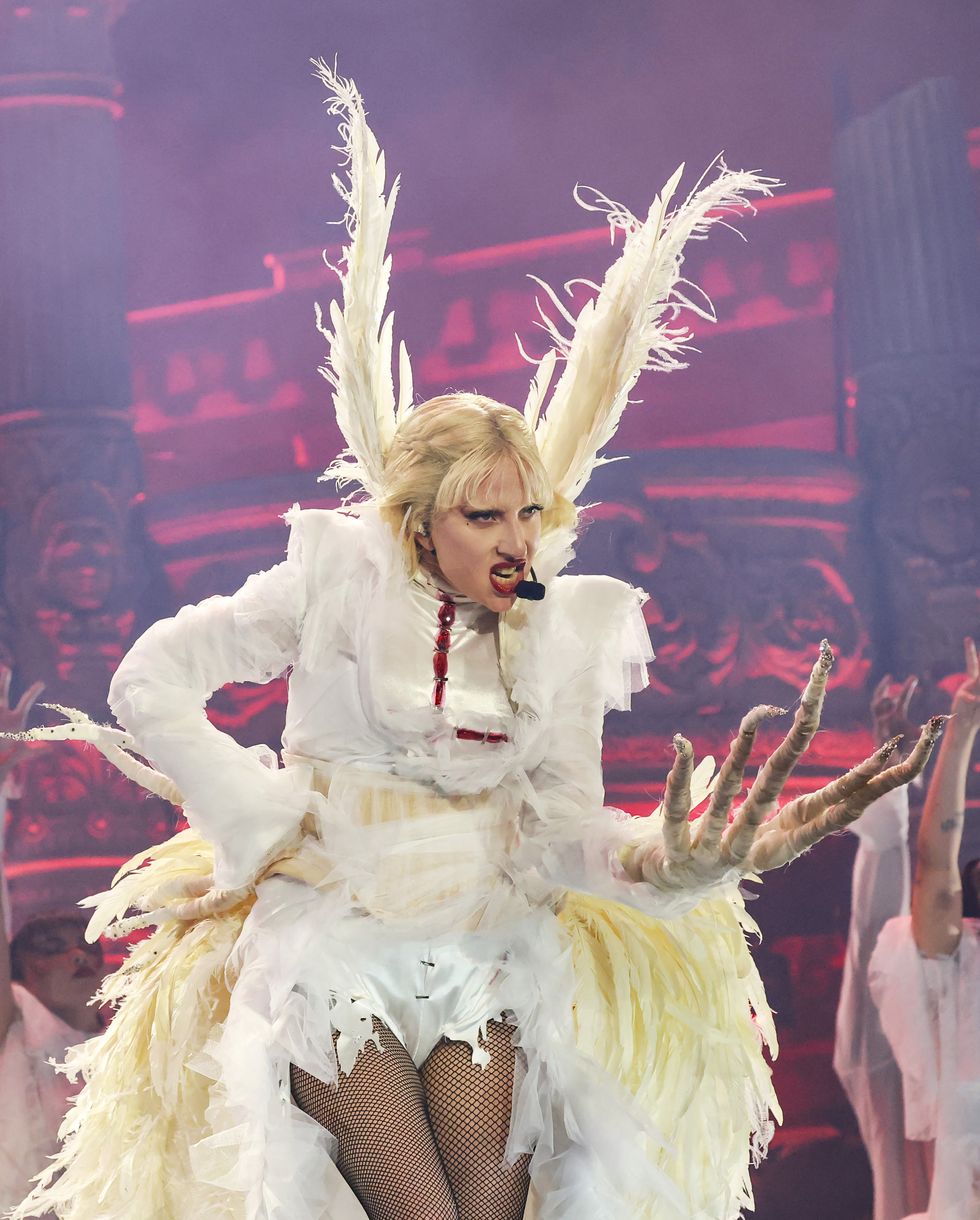
Lady Gaga performs at Coachella in 2025 wearing Fecal Matter and Yaz XL.
Getty Images
Artists and designers in this realm of creation force the viewer to think deeper about fashion as one of the purest forms of artistry. Body horror fashion subverts expectations; it forces the imagination to wander in spaces that are normally saturated with conventional standards of beauty and style.
At Sundance this year, Emilie Blinchfeldt’s directorial debut "The Ugly Step Sister" offers a twisted, gory inversion of the Cinderella story, exploring themes of dismantling social beauty restrictions through a mulitaling battle for aesthetic perfection. Similarly, Coralie Fargeat’s wildly popular and critically acclaimed "The Substance" drenches the viewer in grotesque glamour, using extreme body horror as a metaphor for the violence of celebrity, aging, and the impossible standards imposed on women in the public eye.
When asked where Berrez finds her inspiration, she explains, “I am extremely fascinated by metamorphosis and mutation—organic processes influenced by opposing factors (intended or intuitive), psychological reactions, natural instincts, physical deformations, and the fragility of the body. These elements reflect the constant state of change and adaptation in nature, mirroring the human experience and offering endless creative possibilities to represent and to play with.”
Nature as a cyclical lifeforce is also one of the most powerful touchstones when it comes to iconic runway moments. We are drawn to hyper-realistic floral creations from Galliano’s Dior, mutant bug costumes from '90s Mugler, and the immensely powerful storytelling abilities of Lee Alexander McQueen. McQueen remains a beacon of hope for the current political state of fashion, given his ardent focus on capturing the most realized essence of animals, history, and the pain-ridden yet empowered, jarringly-raw experience of being human.
Dunes, a visionary performance artist and designer based in Paris, combines performance with fashion through her public improvisational dances, where she often glues feathers directly onto her arms to create bird or angel-like illusions. She articulates that, “McQueen was the only designer that truly succeeded in mixing fashion and performance.”
While mainstream fashion often whispers its political statements through subtle symbolism, body horror fashion screams its resistance during a political climate where identity itself has become contested territory.
In today’s climate, it is even more integral to promote self expression through fashion as a tool to combat a bigoted push for conformity and oppression. “We need to popularize horror fashion in order to give people a taste of freedom," Dunes explains. "We need this, especially in times of conformism.”
In London’s creative scene, Mathilda Mace melds the worlds of 3D SFX costume, prosthetics, and makeup to further blur the boundaries of fashion and costume. Also drawing inspirationfrom natural elements, she infuses her creations with a captivating blend of raw energy and intricate detail. Her portfolio boasts collaborations with the likes of Megan Thee Stallion, Mowalola, and FKA Twigs, where, alongside Yaz Xl, she developed the most memorable fashion and SFX makeup moments of Twigs’ critically acclaimed Eusexua era.
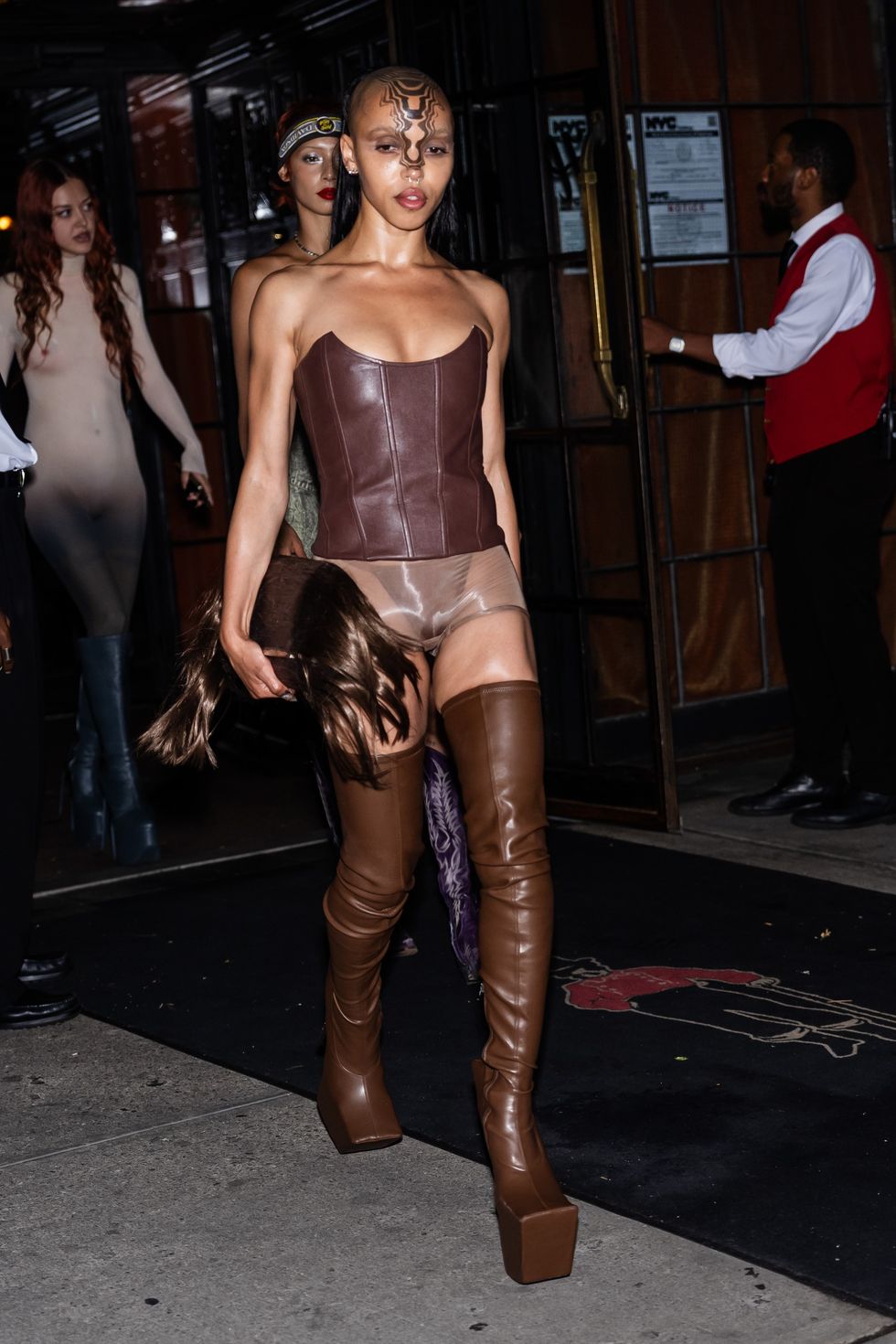
FKA Twigs in Mathilda Mace
Getty Images
“I think most fashion designers are artists outright,” Mace explains. “Fashion is becoming less and less about everyday comfort, and stepping into the realm of costume. I think it’s partly because a lot of big fast fashion houses that previously would make very basic pieces with bad fabrics are now ripping off young designers’ complex ideas and pieces… just with bad fabrics.”
Dilara Findikoglu’s AW 2025 collection “Venus from Chaos” and Elena Velez’s FW 2025 Ready-to-Wear collection “Leech” are undeniable modern examples of embodying fashion as costume. While Findikoglu’s collection implements an intricate story of women returning to Venus to escape the grips of “destruction, subjugation, cruelty, and control” of the chaos on Earth, Velez’s dives into a mythic, nautical universe veiled in scales and subversion.
As traditional fashion boundaries continue to dissolve, body horror stands as both artistic rebellion and thoughtful commentary on our relationship with clothing. We're reminded that fashion at its most provocative can also be its most sustainable, intentional, and truthful. These aren't just clothes—they're confrontations, conversations, and ultimately, celebrations of fashion's power to transform not just how we look, but how we think. Body horror fashion urges us to embrace intentionality, sustainability, and a deeper appreciation for the artistry woven into every garment.

